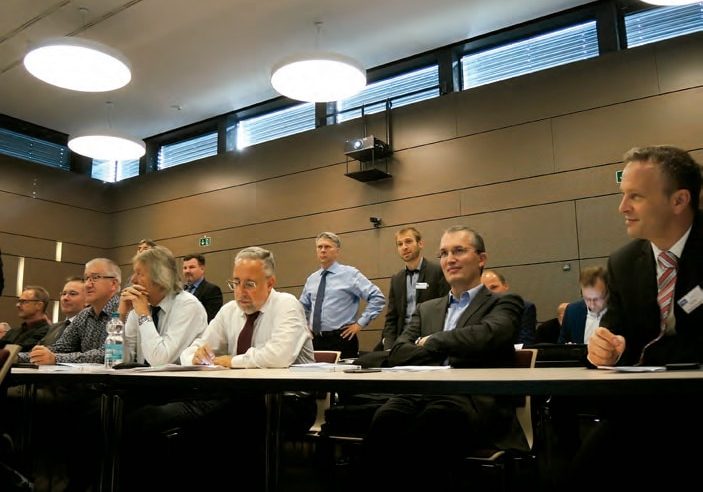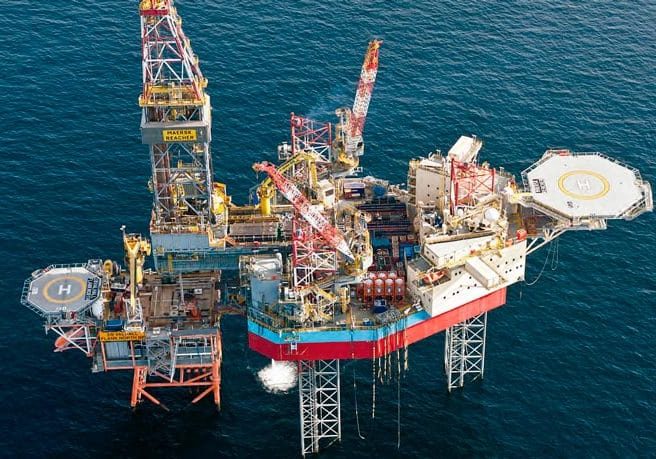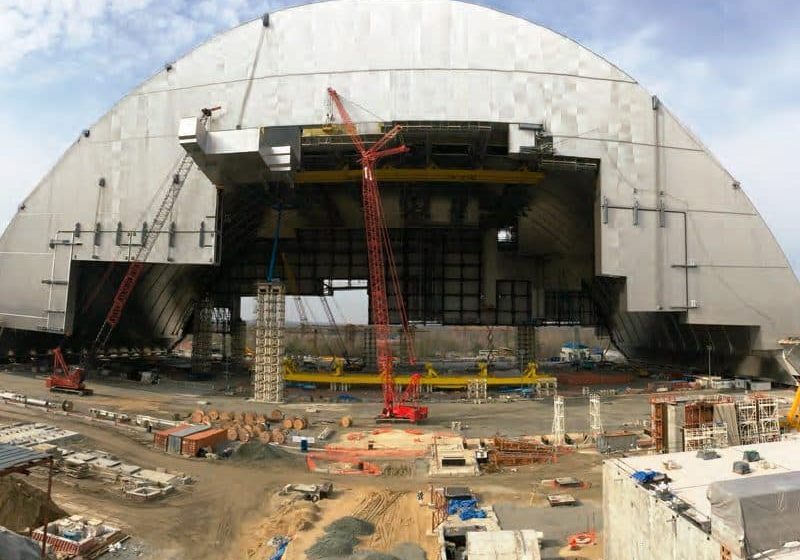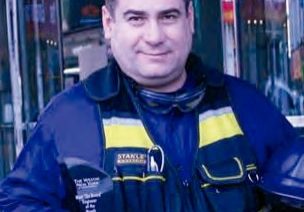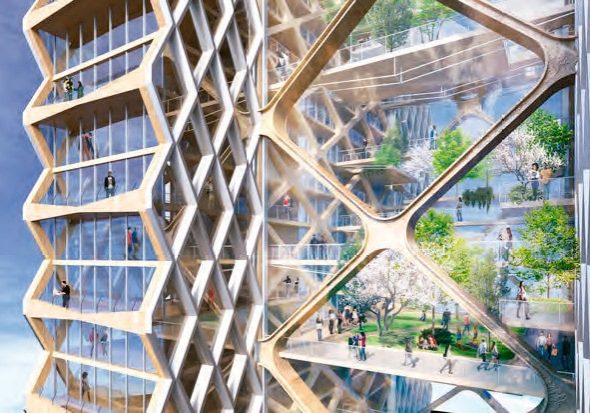Regenerative drives among those discussed for use in high peak current requirements
With higher speed inherently comes higher power, in terms of both the energy put into elevator systems and the potential energy returned. As the number of high-rise and supertall building applications increase and higher speeds become more frequent and push new bounds, there will be the need for OEMs to supply equipment in these correspondingly high power ranges that serve the elevator market.
As an industrial drives manufacturer, KEB America, Inc. is not only active in the elevator market, but also supplies inverters for applications such as plastics machinery, high-speed compressors and blowers, and shredders. These applications typically require drives with high power, ranging from 200 to 800 kW. But, simply having a power hardware overlap with other industries does not necessarily make for a solution that is suitable for elevator applications, since the requirements are different.
Often, other high-power drive applications do not require high peak currents, as they are constant-run applications at low, but audible, output switching frequencies (e.g., 2 kHz) suitable for equipment installed in a remote or industrial environment. Additionally, the low switching frequencies minimize the heat dissipation and, thus, the size of the drive and its enclosure. Conversely, the drives needed for elevator applications require high peak current in comparison to the nominal rated motor current and a switching frequency nearing the audible spectrum limit (e.g., 8-10 kHz) is generally acceptable.
The comparatively high peak current requirements of elevator applications are based on typical acceleration and deceleration rates. Overload requirements are pushed even higher when specified floor-to-floor times require more aggressive speed profiles.
What differentiates high-rise and high-speed elevator applications in terms of higher nominal and peak power demand can be exemplified by the equations for kinetic energy, power and torque. The linear kinetic energy equation is KELINEAR = ½ mv2, where m = mass, and v = velocity. This indicates there is a linear relationship between mass and the energy required to accelerate it. Beyond a given load capacity of an elevator, there is also additional mass from ropes, traveling cables, etc., proportional to rise. Therefore, independent of elevator load capacity, as rise increases, the system mass will increase, and, thus, the required energy and power increase. In terms of high speeds, if this is achieved by increasing the motor speed, then the equation Power ≈ (Torque x RPM)/5,252 indicates that for a given sheave diameter based on speed and a given torque requirement based on load, as the motor speed increases, the required motor power will also increase. On the other hand, if high speeds are achieved by increasing the sheave diameter, the equation Torque = Force X Radius indicates that the required power from the higher required torque will also increase.
While a drive could simply be oversized to meet the peak motor requirements, a better solution would be a nominal drive rating in line with the motor rating to minimize the physical size and cost that also has a high peak current based on the requirements of the application.
From the existing variety of high-power hardware developed from other industry applications and taking into consideration the needs of the elevator market, KEB has begun offering a design solution that meets the high power demands of high-speed and high-rise elevator applications. The resulting solution is an F5 model elevator drive rated for 250 hp with a rated current of 332 A (480 V mains supply) or 370 A (400 V mains supply), a 30-s. peak current rating of 740 A and up to an 8-kHz output switching frequency. Furthermore, design variants are cost-optimized by eliminating redundant input rectifiers and braking transistors when line regeneration or active front end units are supplying the drive via a DC-bus connection.
High-Power Line Regen Systems
With high power being put into the system, there will be a correspondingly high power regenerated in overhauling conditions. Given that high-rise applications will almost definitely be gearless, the system is very efficient in terms of capturing regenerated energy. A system can regenerate this energy back to the main line to be consumed by other loads (thus reducing the total system operating costs).
When considering line regeneration for elevator applications, there are three options:
- A line-regeneration unit with a commutation choke (<50% THDi)
- A line-regeneration unit with a passive harmonic filter (<8% THDi)
- An active front-end system (<5% THDi)
Each option of line regeneration has increasing performance in terms of harmonic-current distortion mitigation and power-factor correction, albeit at increasing price points. The type of system needed may depend on the need to meet specific Institute of Electrical and Electronics Engineers Standard 519 harmonic distortion limits, reduce building power consumption as part of meeting a building’s green certification or long-term return-on-investment considerations.
Like inverter applications, KEB has already developed high-power regenerative solutions relevant to elevator applications based on other global applications, such as crane applications and storage and retrieval systems. The corresponding high-power solutions for each type of line-regeneration technology include:
- Modular R6-model sizes, including 150-hp units rated for 184 A at 480 V or 221 A at 400 V and 331 A peak, which can also be paralleled for additive capacity
- Harmonic filters up to 400 HP rated for 400A at 480V and include designs in dedicated NEMA enclosures
- H6-model active-front-end units up to 250 hp.
Systems in Application
KEB had the opportunity to put one of these high-power solutions to the test on an 8-mps (nearly 1,600-fpm) elevator. The components provided by KEB consisted of a 250-hp F5 Elevator Drive, a 250-hp H6 Active Front End, and an EMC high-frequency noise filter. Additionally, we were given the opportunity to visit the jobsite. Although your author had not worked with such high-power equipment in the past, when it came to starting up and adjusting the elevator, it was the same user interface, parameters and control performance with which he was familiar in North America, just on a much higher-power and faster scale.
Get more of Elevator World. Sign up for our free e-newsletter.


